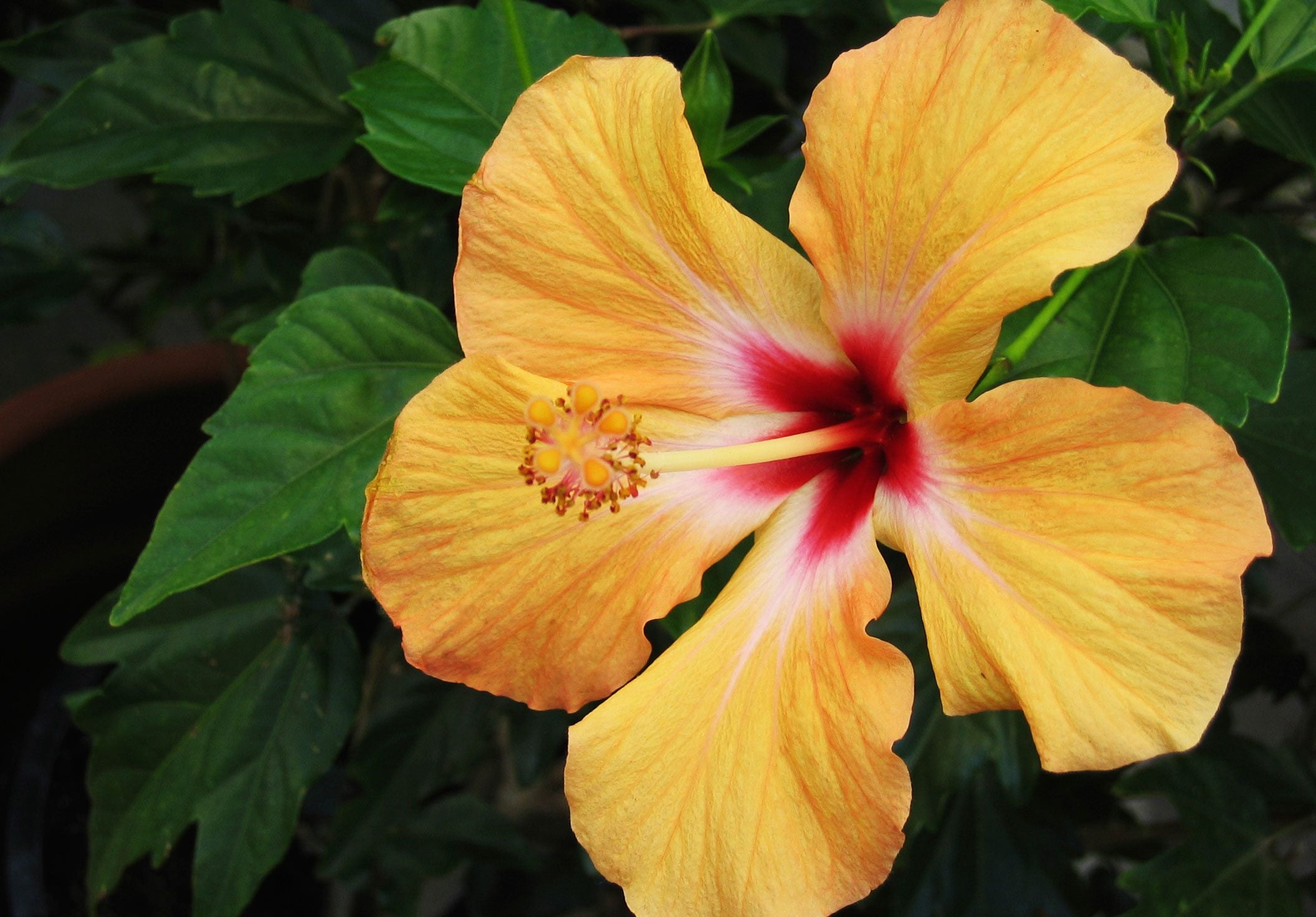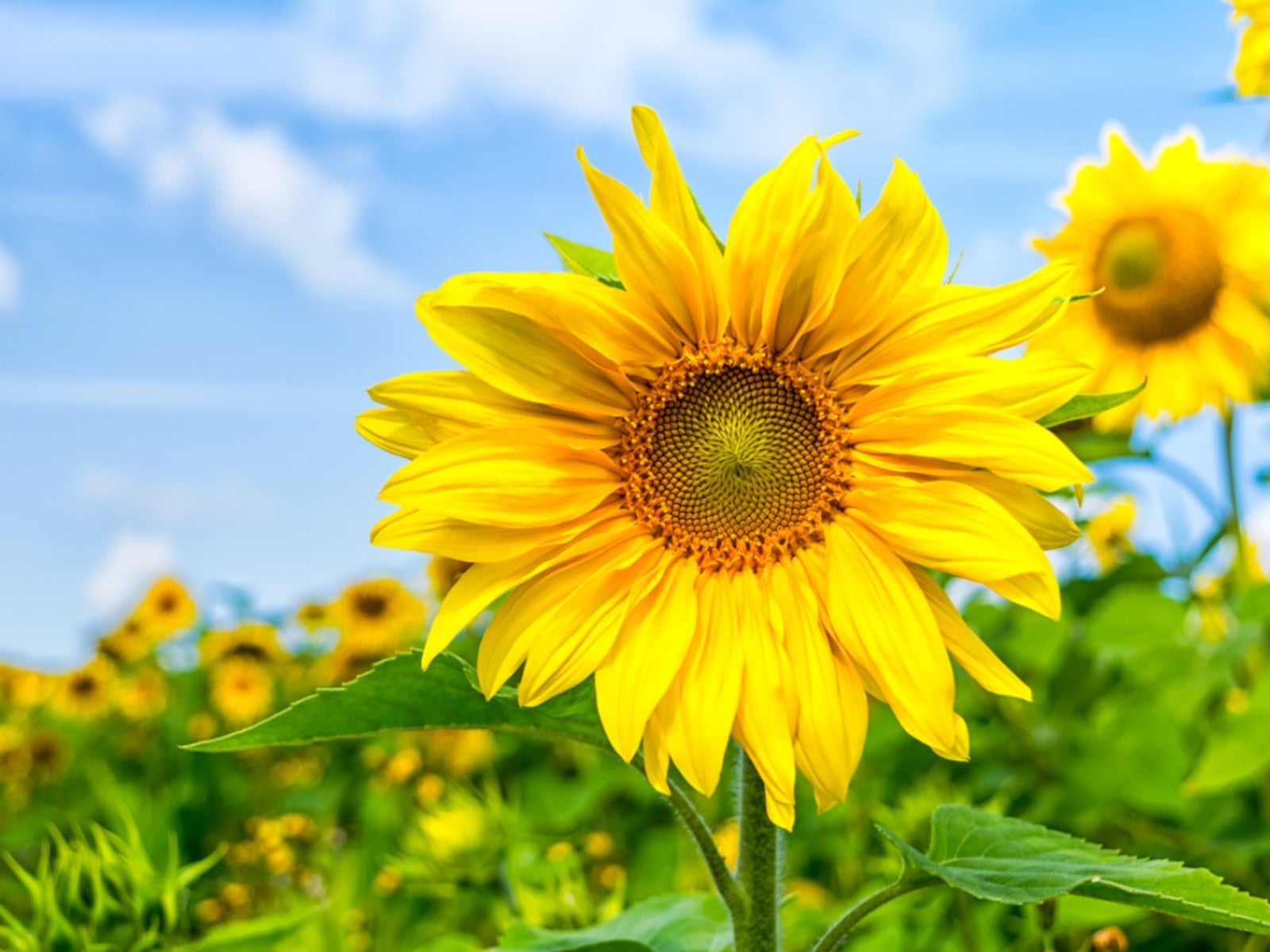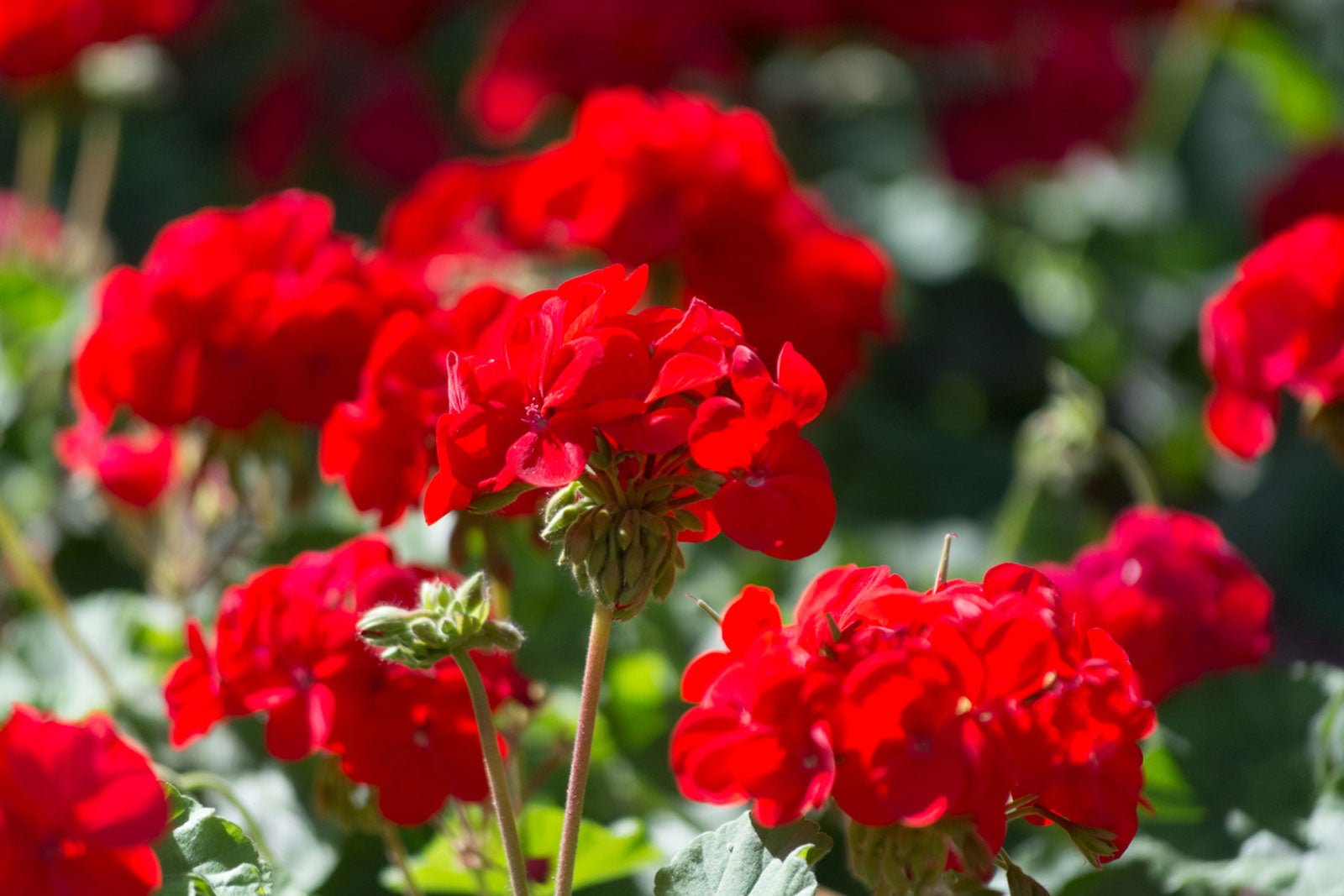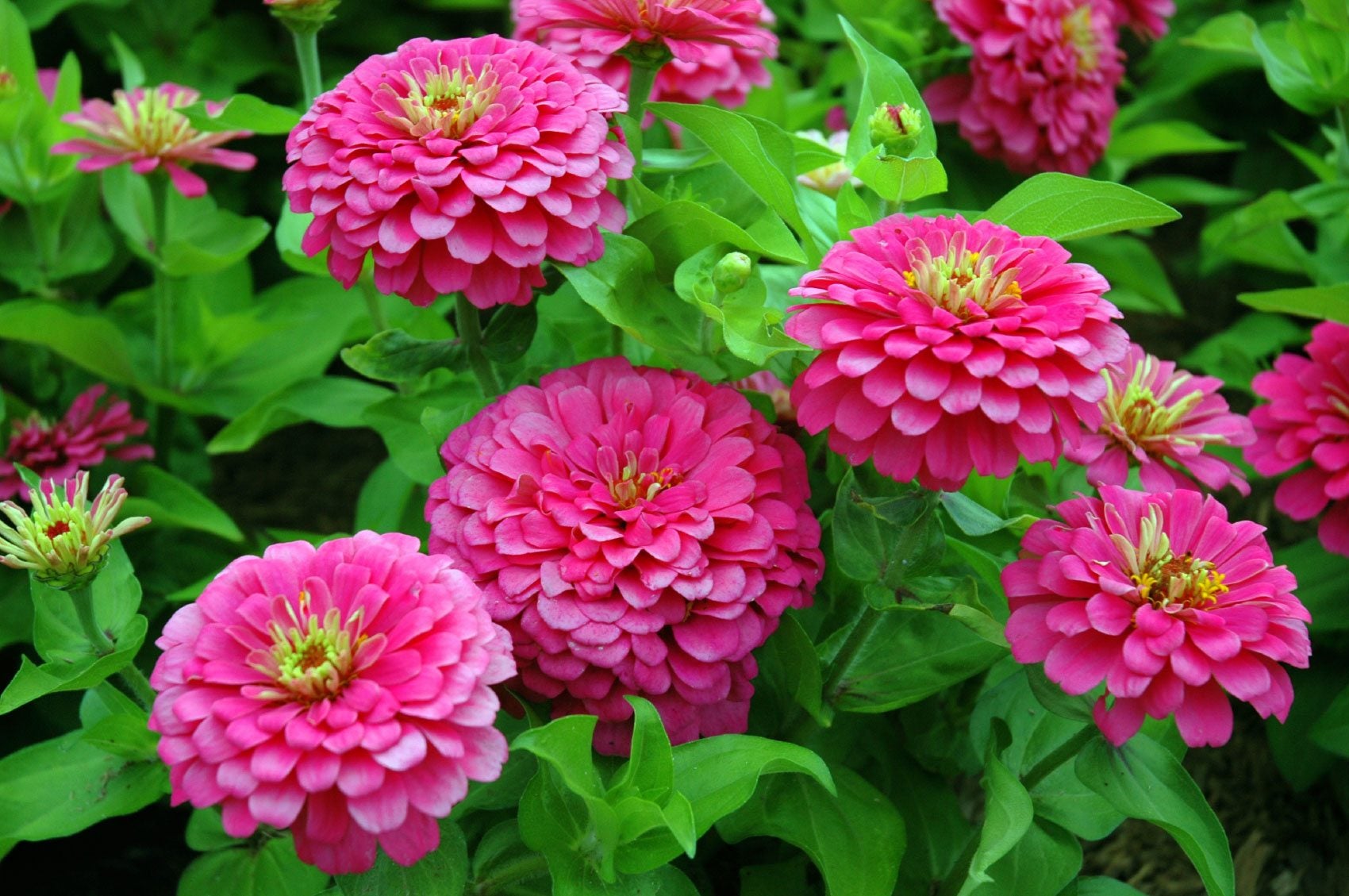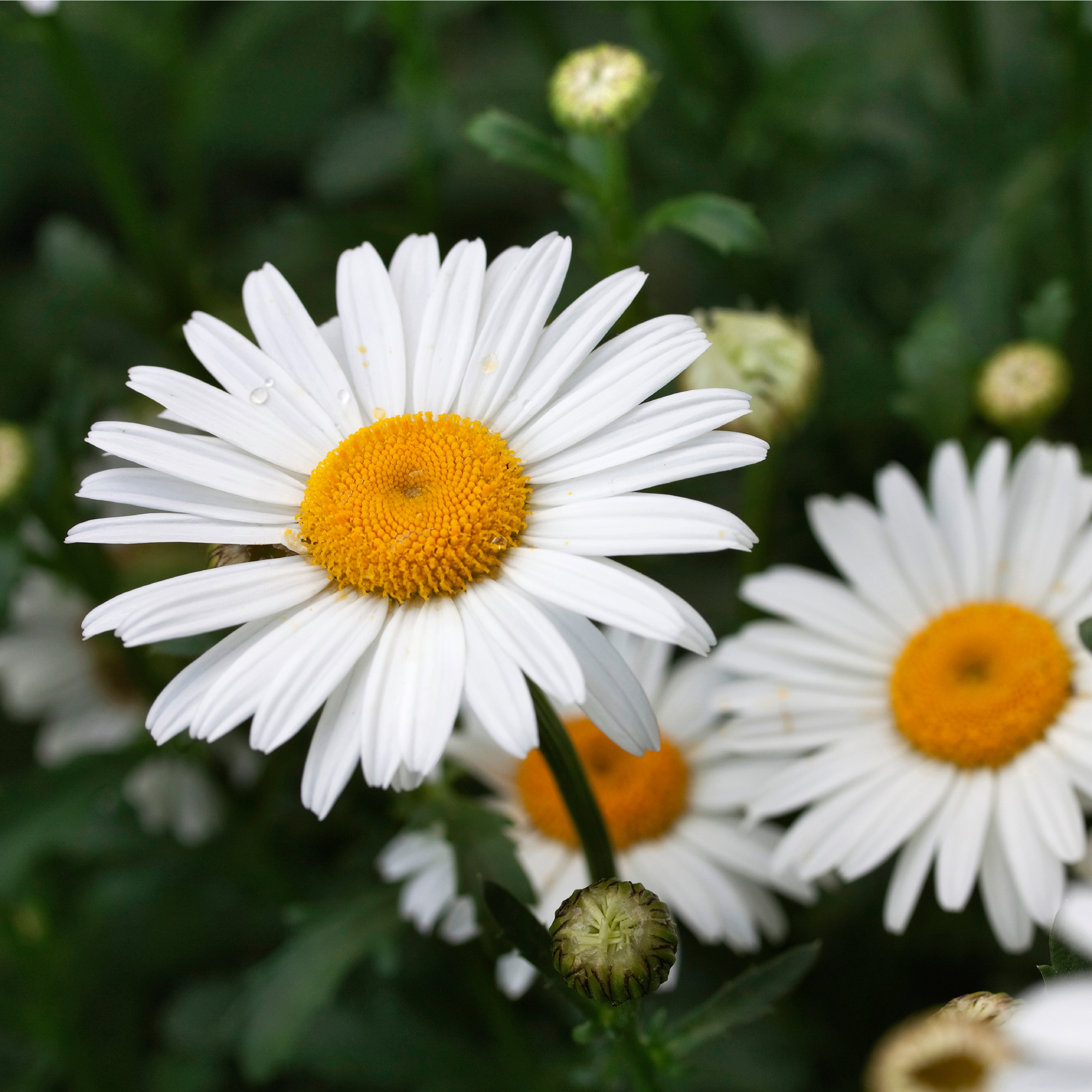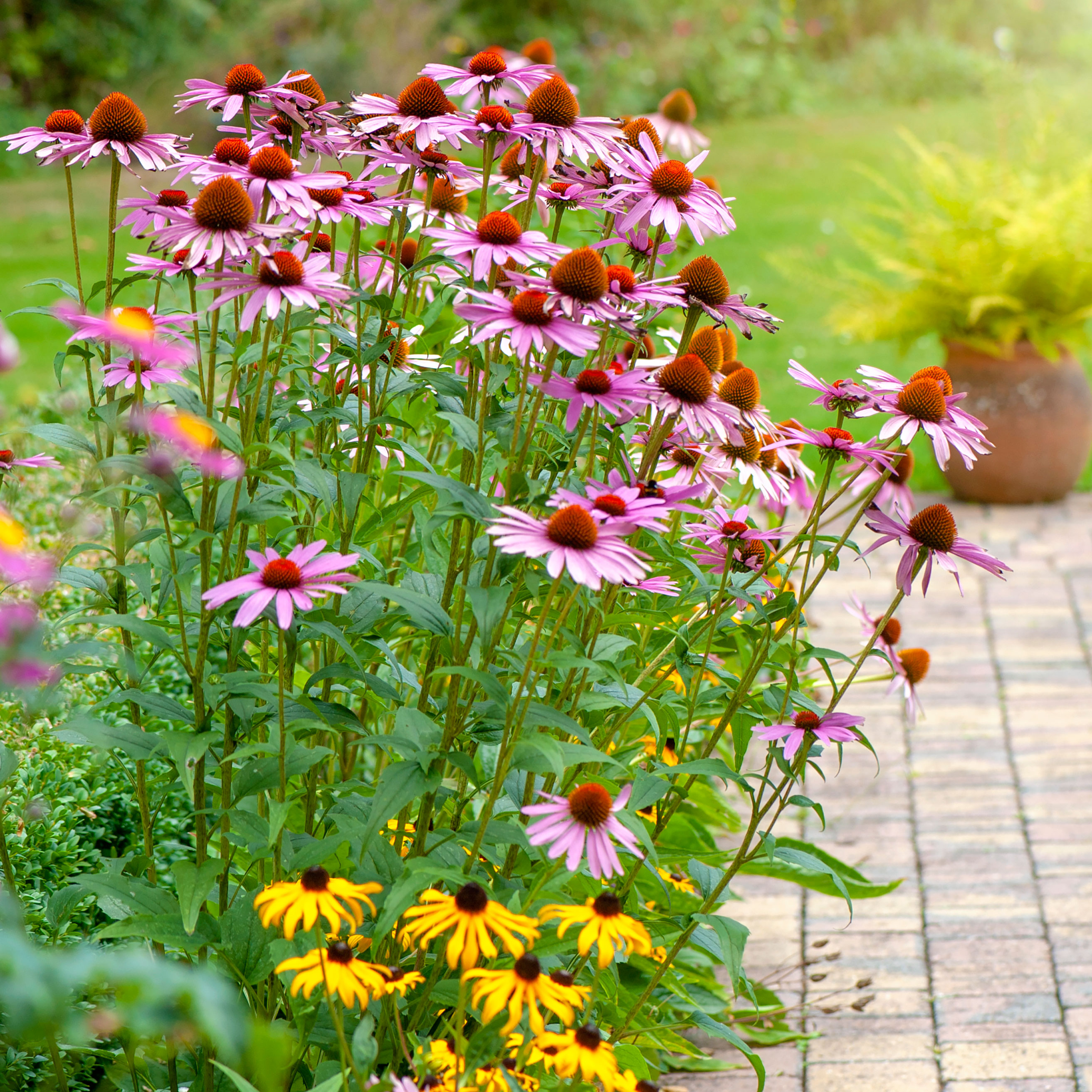Flowers
Who doesn’t enjoy flowering plants? Their intoxicating scents, eye-popping colors, fancy shapes and textures are truly beautiful. Yet, with so many flowers for the garden and types of flower gardens that can be grown, where does one start? No worries. Our flower gardening info will help you learn how to create flower gardens. From basic flower garden design to growing and caring for specific flowers, we’ll guide you. Don’t let the number of flower gardens and plants grown in them intimidate you. Instead, keep reading for tips on flower gardening.
Explore Flowers
Editor's Picks
-
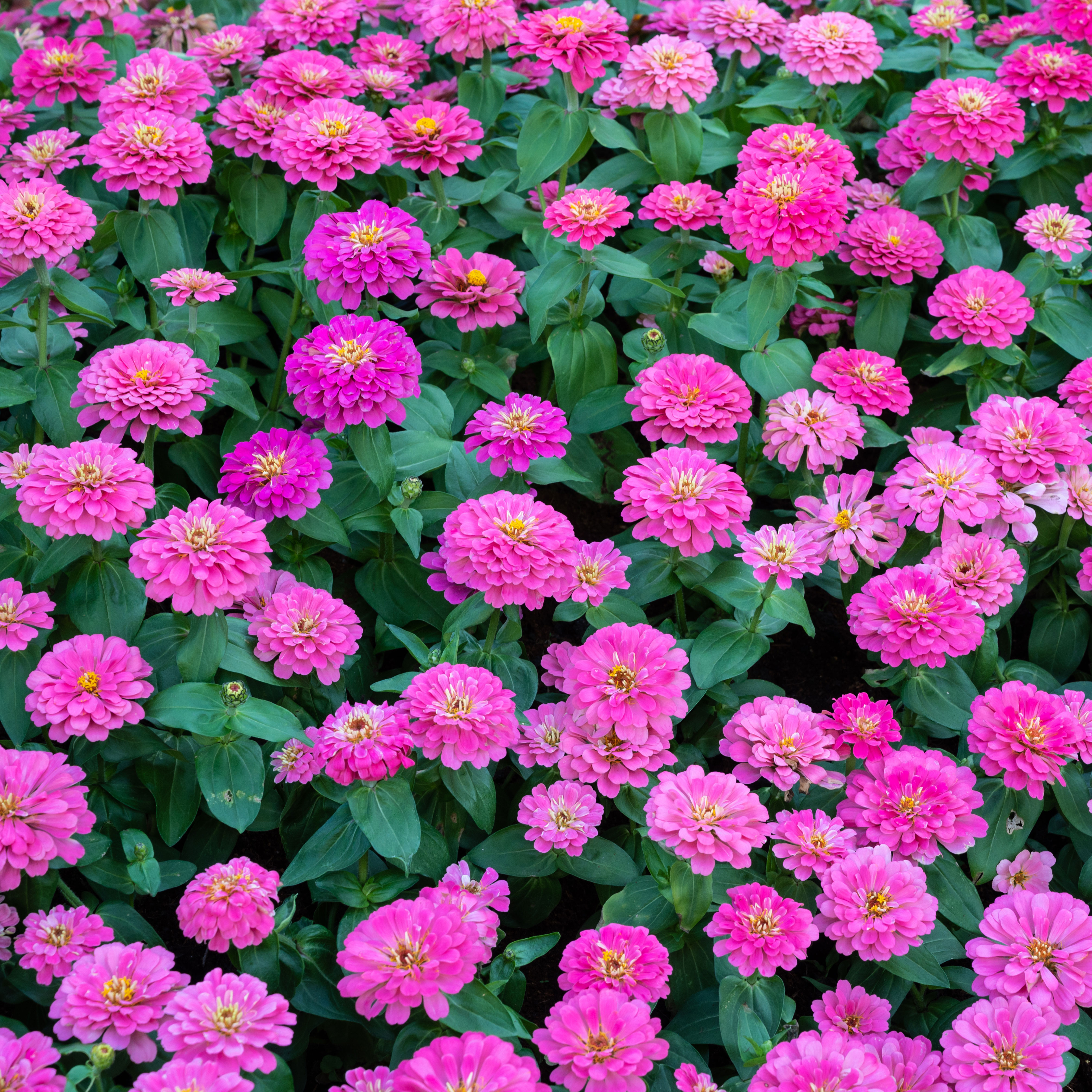
8 Fabulous Flower Seeds To Plant In July – Because It’s Not Too Late To Sow Now For Spectacular Color From Summer Until Fall
Craving summer color but thinking you’ve missed the sowing window? There’s still time to shine – try these 8 flower seeds to plant in July for fabulous florals that last into autumn
By Mary Ellen Ellis
-

How To Deadhead Geraniums For A Huge Flush Of Blooms That Will Last All Summer Long
Learn how to deadhead geraniums for blooms that will last all summer long. Just follow this easy expert advice for lush, lovely plants.
By Bonnie L. Grant
-

Try These 8 Fast Growing Climbing Roses For Quick Floral Wins With Masses Of Easy Color
Climbing roses are some of the most dynamic and spectacular bloomers you can cultivate. Here are 8 fast growing climbing roses for quick wins with gorgeous vertical displays
By Mary Ellen Ellis
-
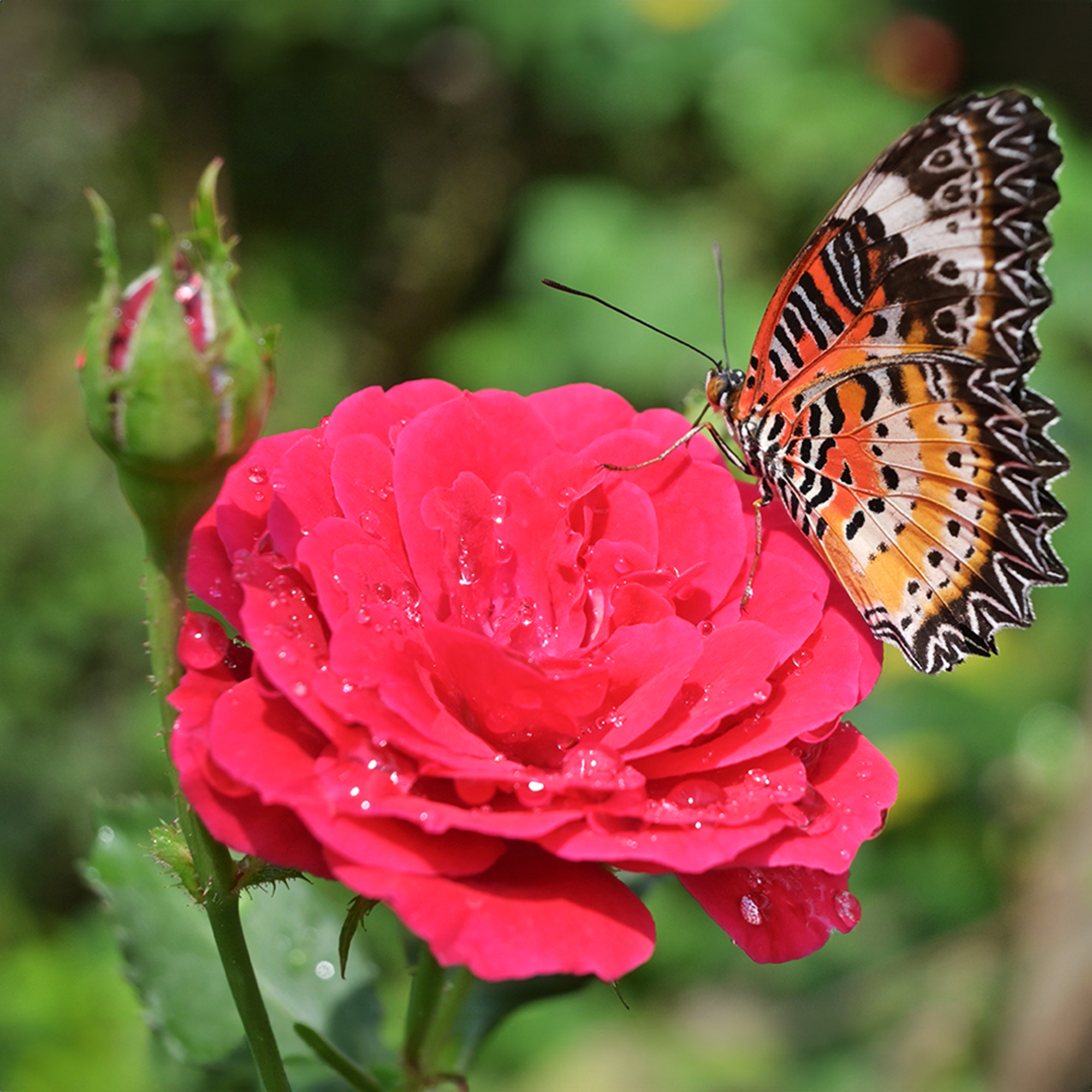
8 Roses Pollinators Love: Best Varieties To Nurture Butterflies & Bees
Roses are not known for their pollinator potential, but the right varieties can help support wildlife in your garden while adding a stunning focal point.
By Bonnie L. Grant
-
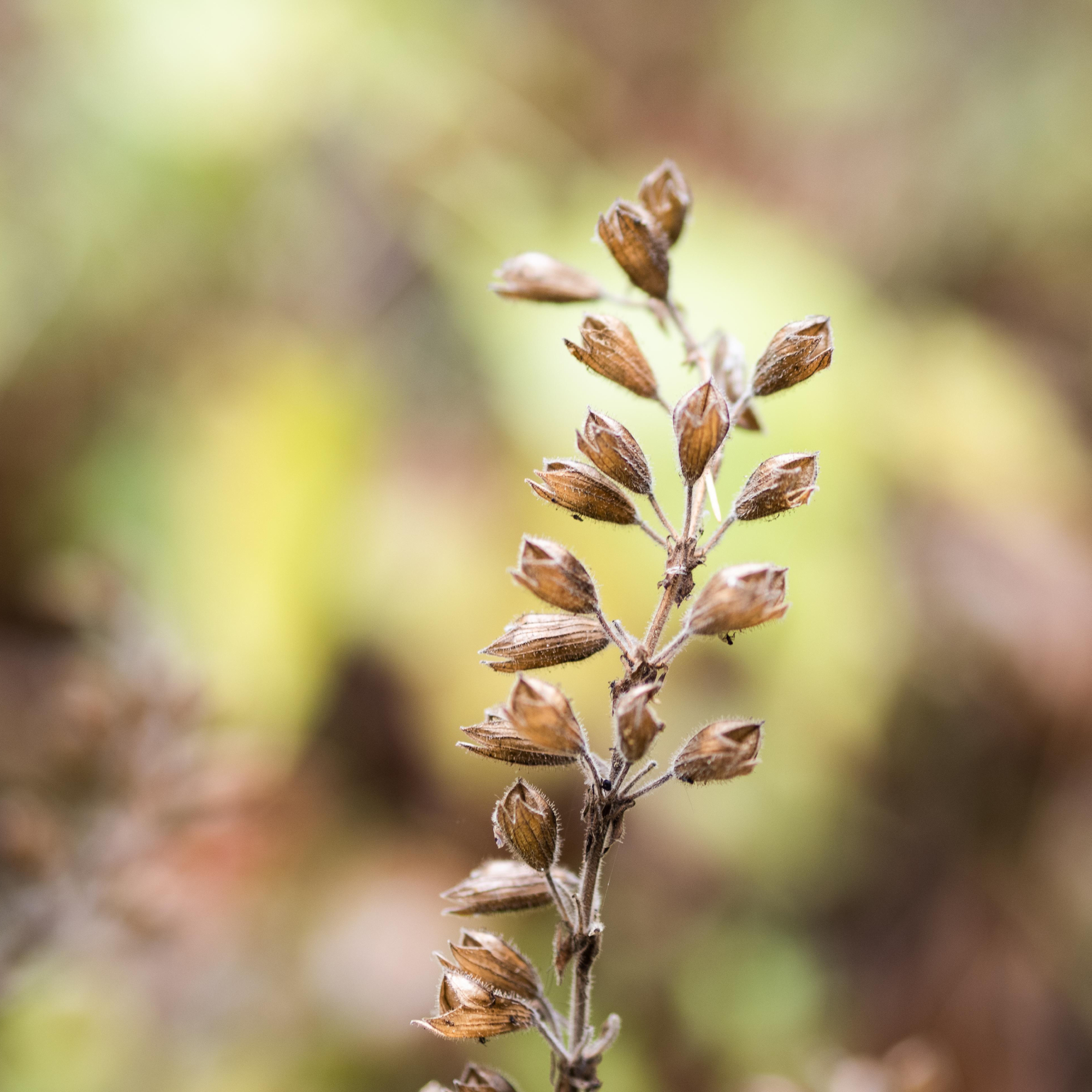
Don’t Deadhead These Plants: 7 Flowers, Plants & Shrubs You Can Leave When Their Blooms Fade
Deadheading is a standard practice for maintaining many flowering plants, but there are some plants you don't have to deadhead at all!
By Tonya Barnett
-
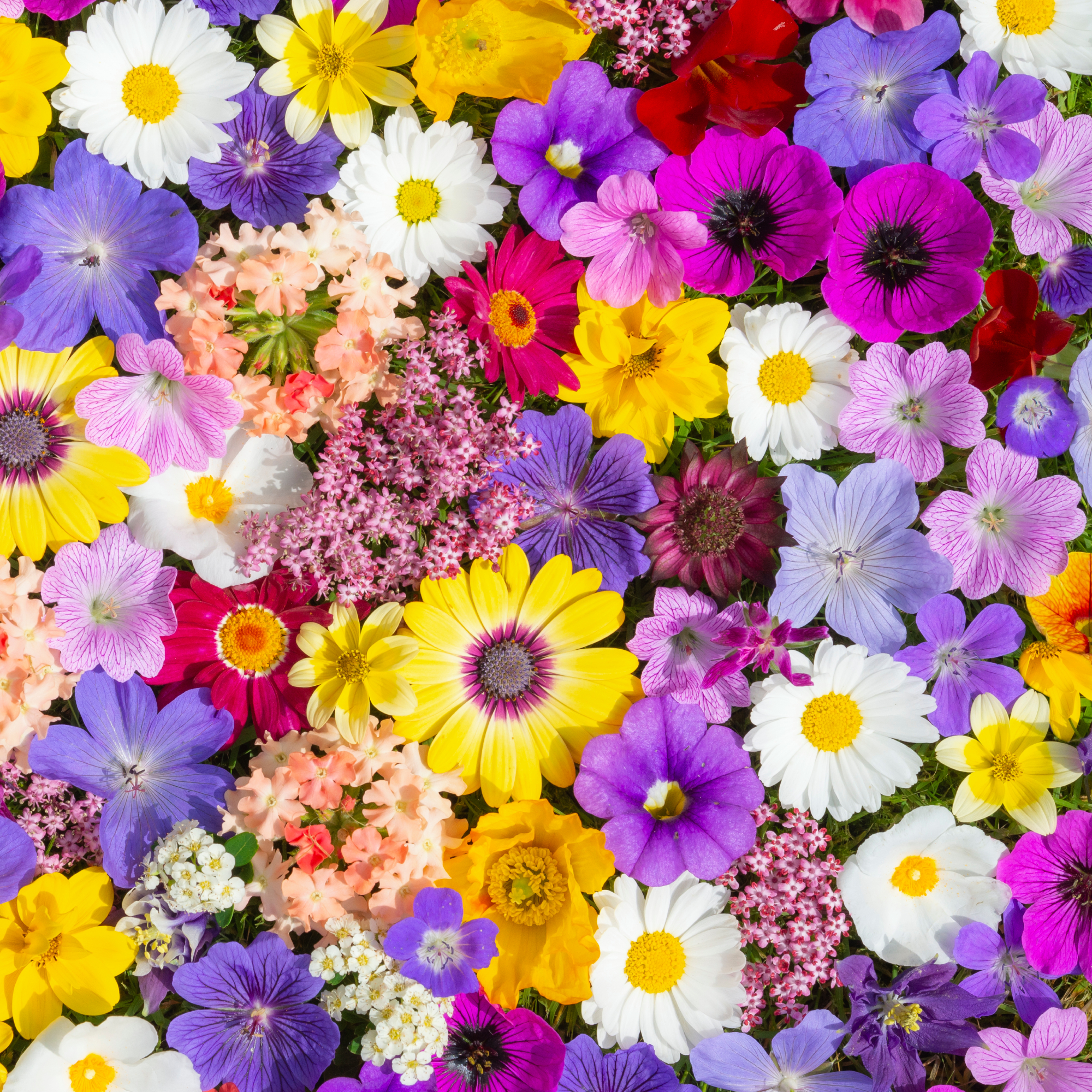
Different Types Of Flowers: Learn About Plant Classification For Easy Identification
There are over 400,000 different types of flowers in the world. Luckily, scientists have organized them. Understanding these plant families can help us grow.
By Mary Ellen Ellis
-
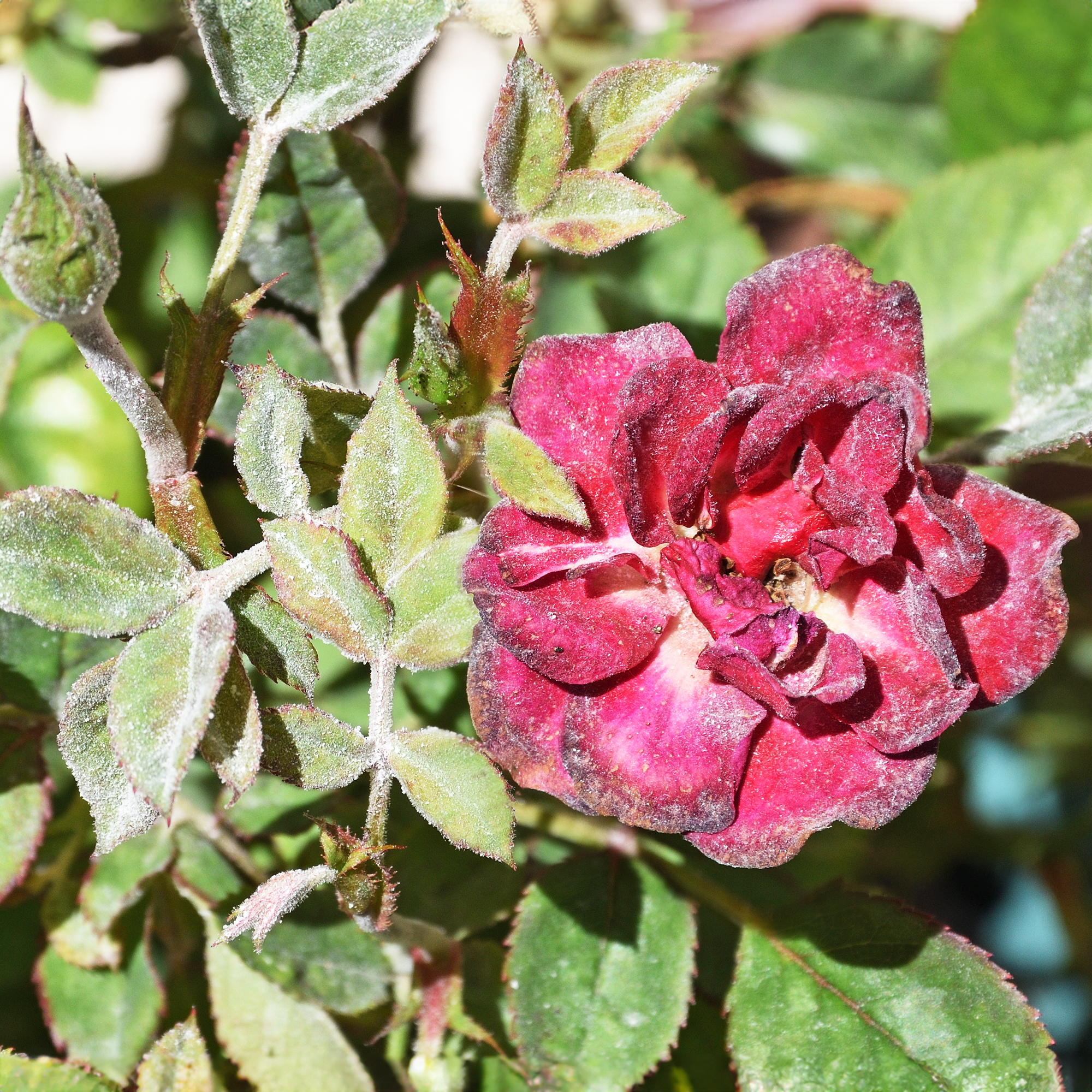
Get Rid Of Powdery Mildew On Roses: Common Symptoms & How To Treat Them
If you have noticed a fine white substance on your roses, then they are likely suffering from powdery mildew. Learn how to treat and prevent this common issue.
By Bonnie L. Grant
-
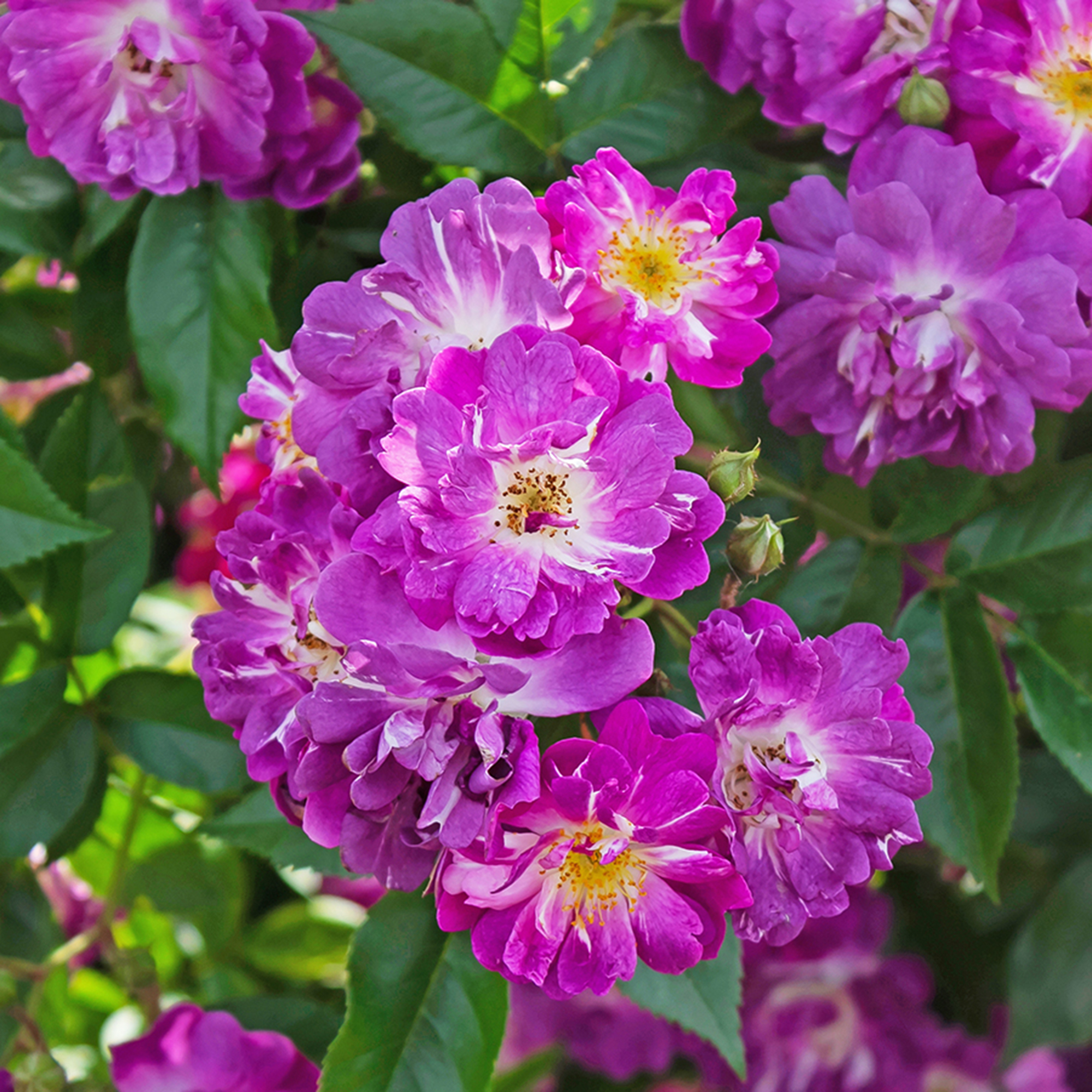
Best Climbing Roses For Every Garden: 12 Stunning Varieties For Pergolas, Arches & Walls
Discover the best climbing roses to plant in your garden to ensure a long summer of glorious blooms.
By Amy Grant
-
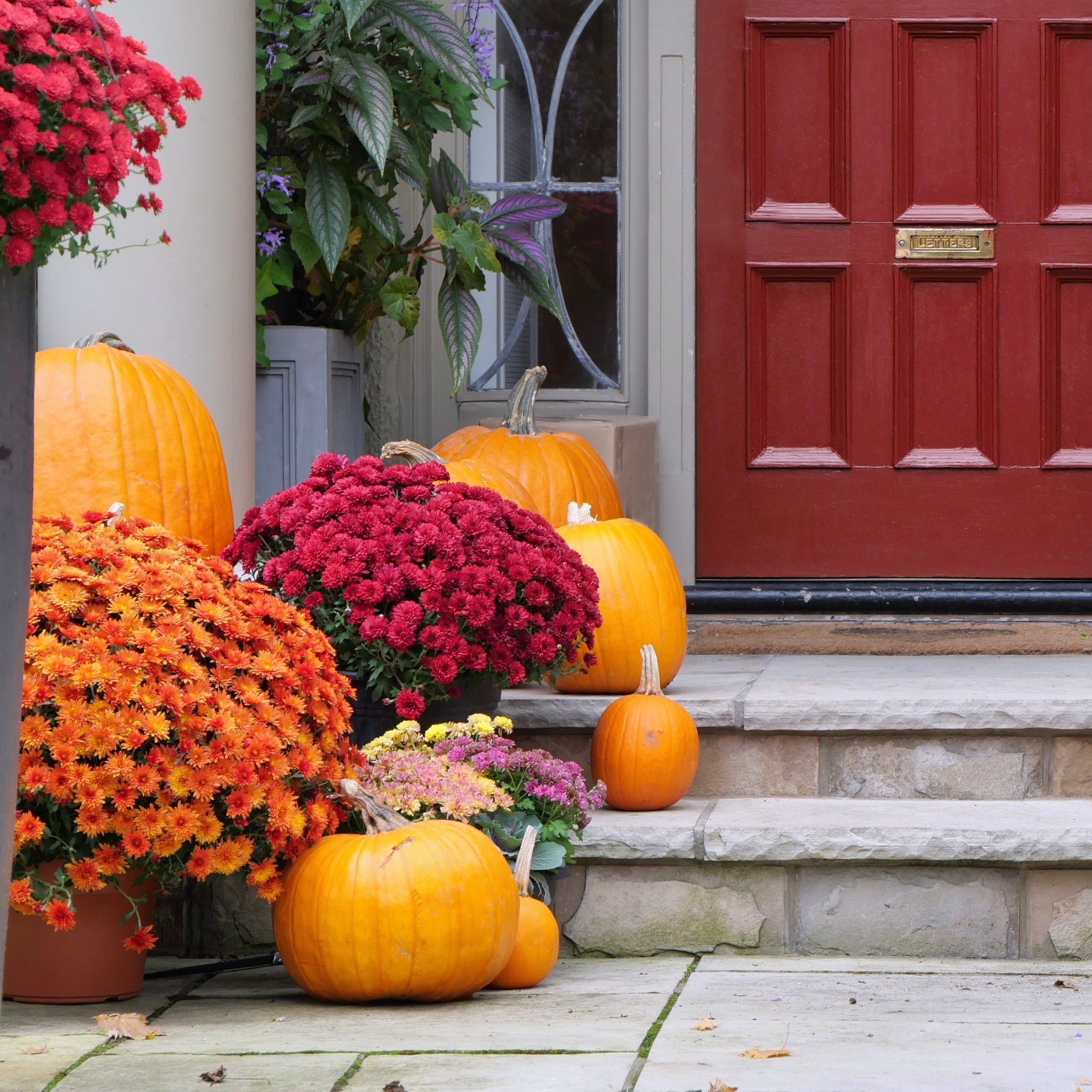
How To Care For Mums In Pots: A Garden Expert’s Advice For Great Fall Blooms
Care of potted mums can be a little tricky, but following some simple rules can help you have blooms all autumn and maybe even next spring!
By Bonnie L. Grant
-
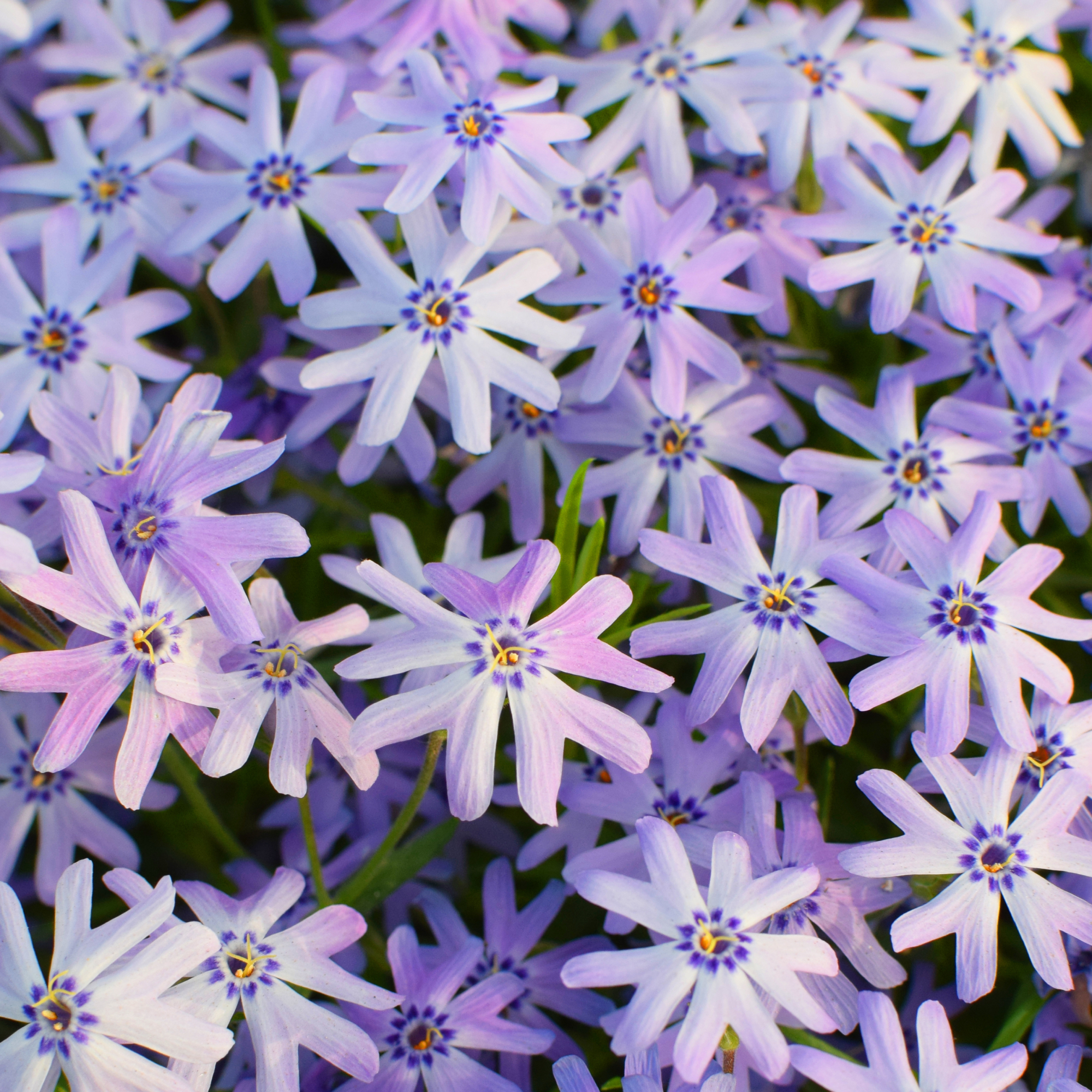
Fabulous Phlox Varieties: Try These Beautiful Options For Beds, Borders, Groundcover, And Containers
There are phlox varieties for just about every gardening need. Explore our experts' favorites to find one (or a few!) that will add charm to your space.
By Tonya Barnett
-
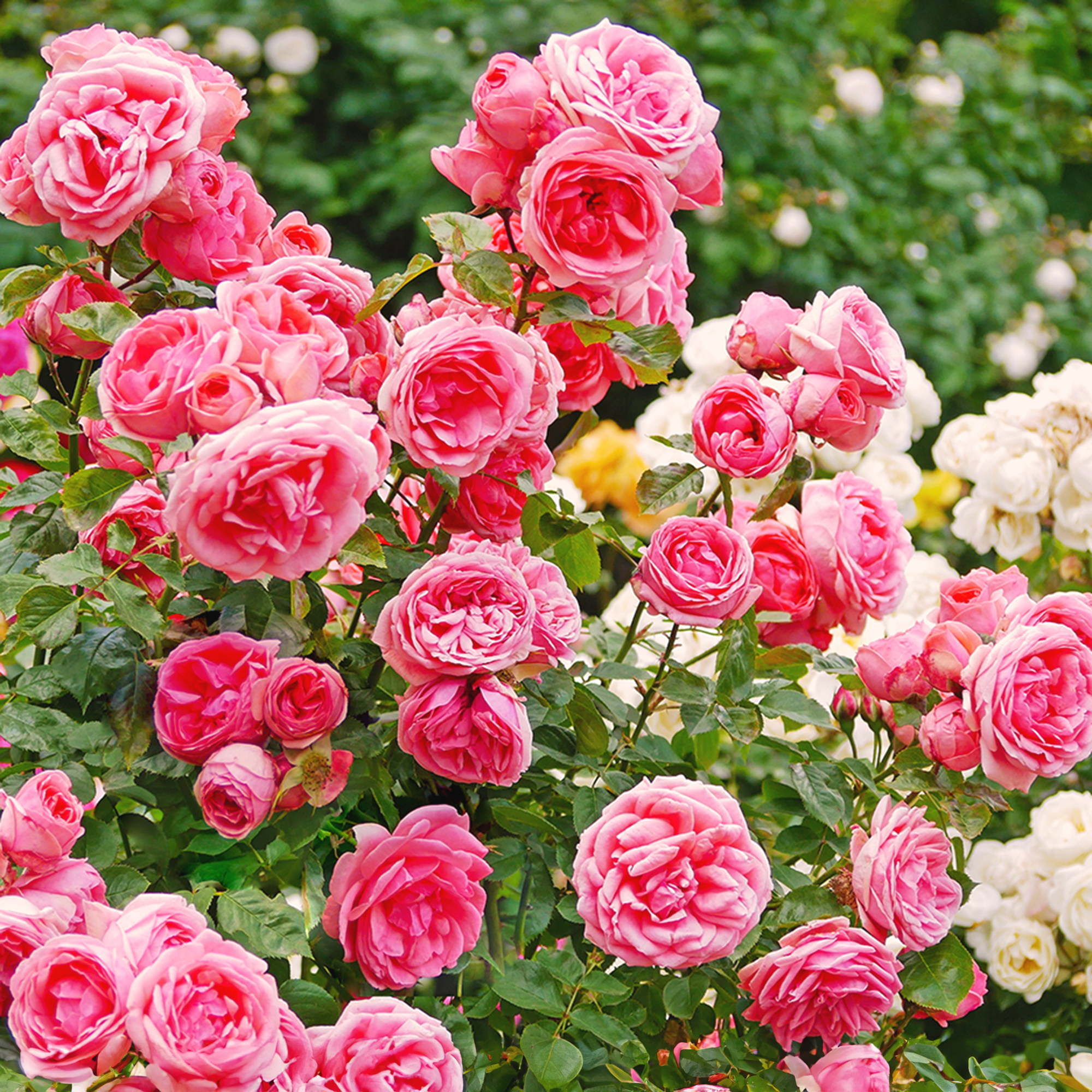
12 Best Shrub Roses For Every Garden – Enjoy Abundant Romantic Blooms All Summer Long
Fill garden beds, borders, and pots with these top-performing shrub roses and enjoy many years of color, beauty, and fragrance that spans three seasons.
By Bonnie L. Grant
-
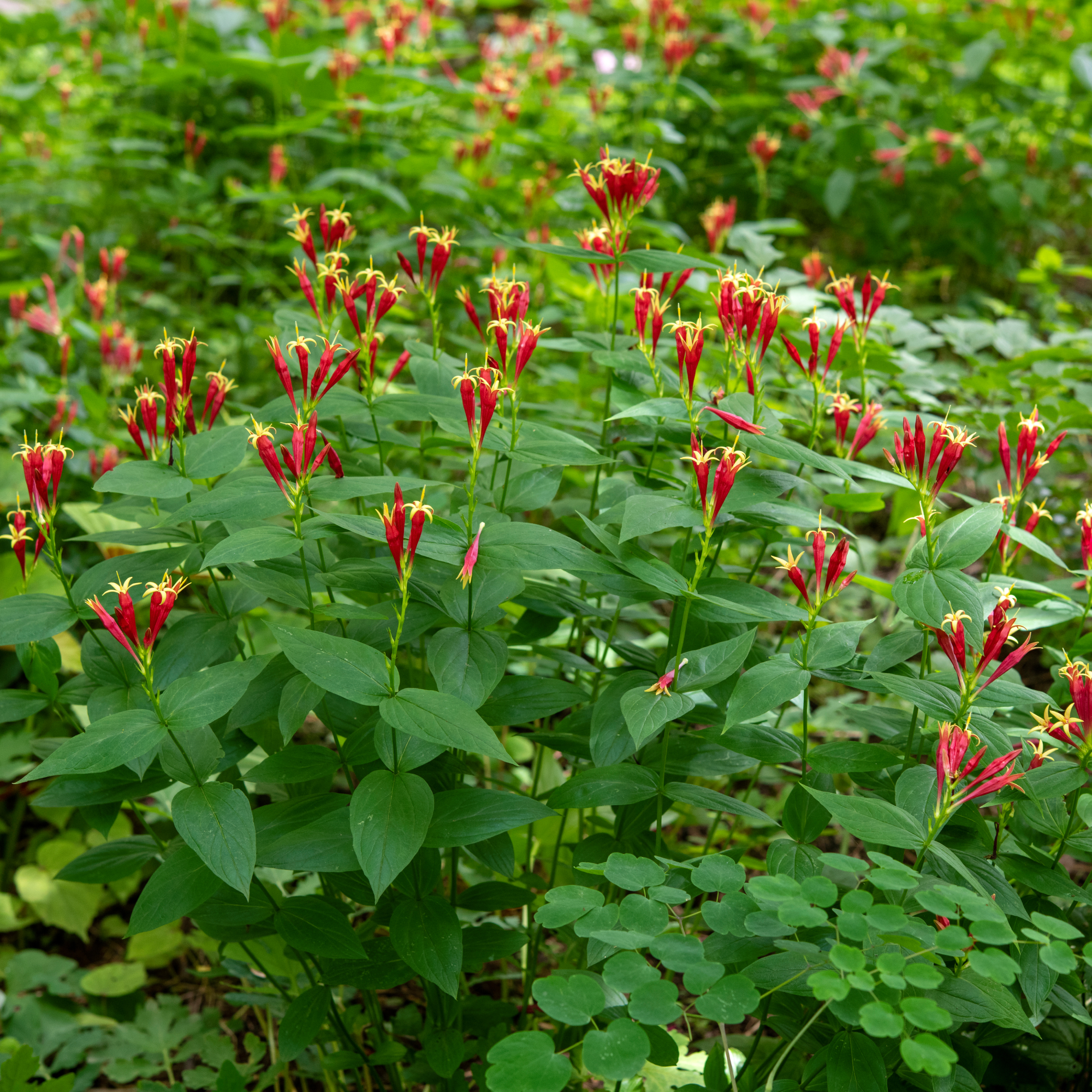
How To Grow Indian Pink – A Little-Known Native Plant Hummingbirds Can’t Resist!
Indian pink is easy to grow and adds tropical flair to any garden! Learn how to care for this knockout native plant both gardeners and hummingbirds adore.
By Mary H. Dyer
-
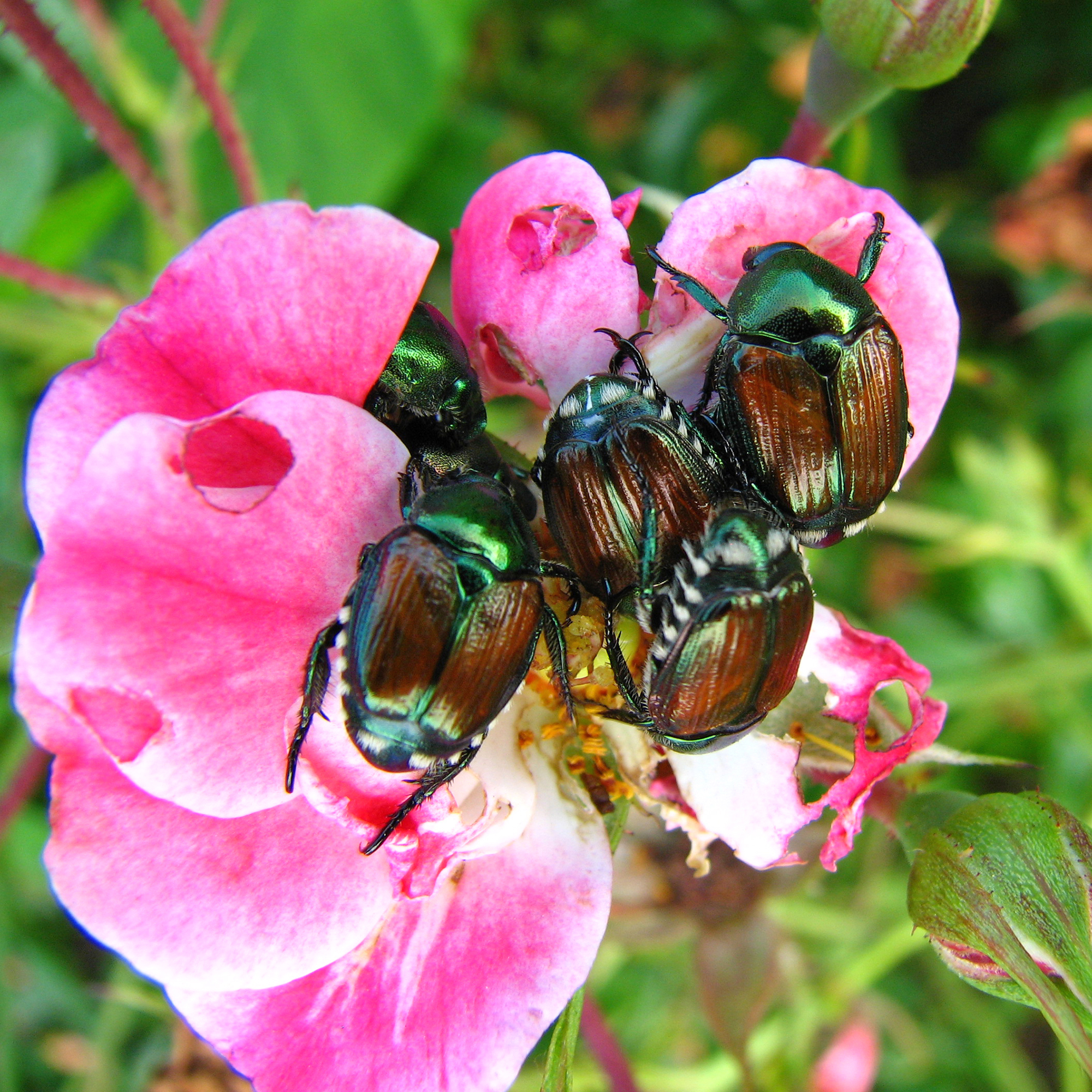
How To Get Rid Of Japanese Beetles On Roses: Control & Prevent This Destructive Pest
Are Japanese beetles ravaging your roses? Take swift action with our expert guide to managing infestations – plus long-term measures to prevent their return.
By Stan V. Griep
-
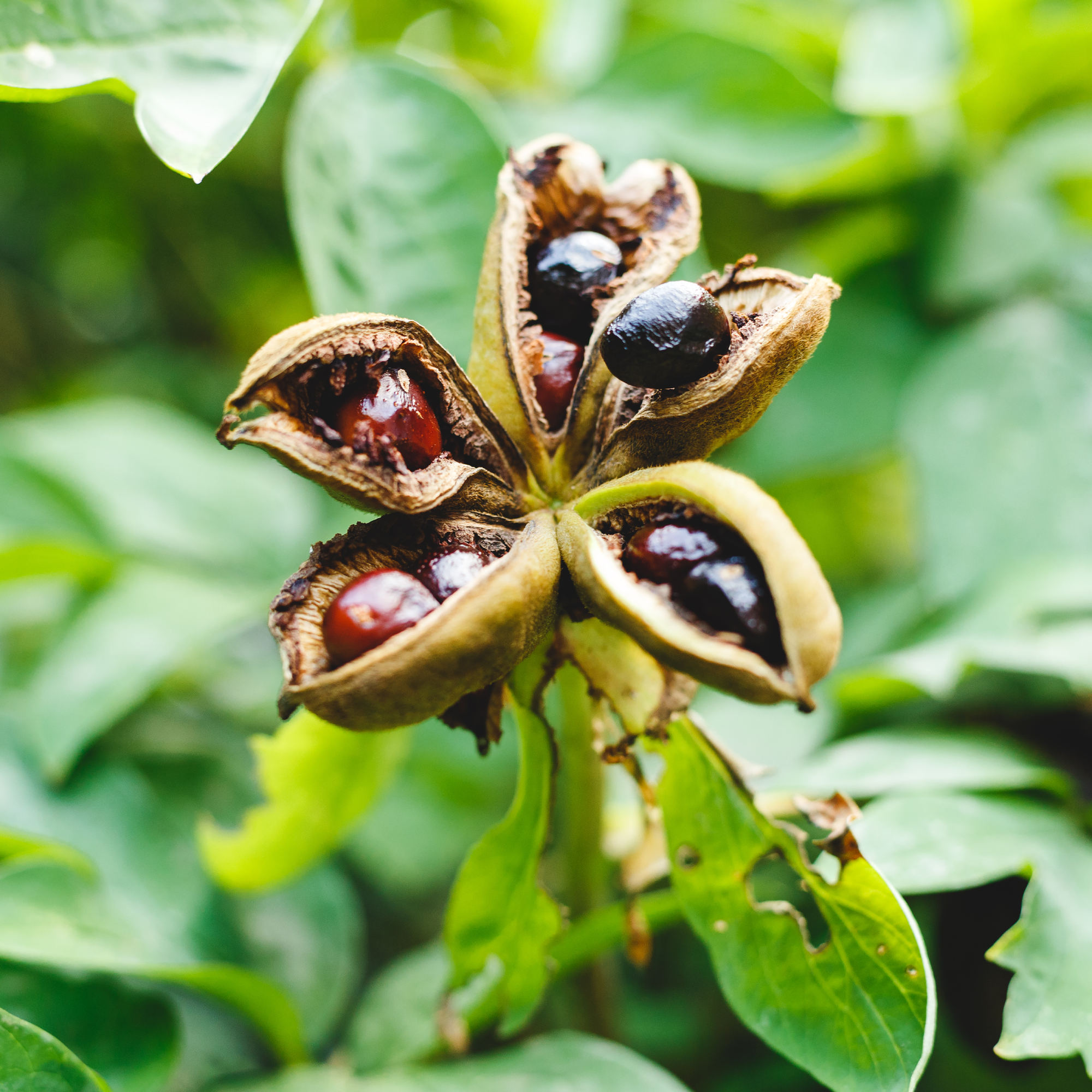
Guide To Harvesting & Planting Peony Seeds: Grow Beautiful Peony Blooms For Free With Seeds From Your Own Garden
Harvesting and planting peony seeds from your garden is a fun way to grow more of these classic perennials for free! Follow this guide to go from seed to bloom.
By Tonya Barnett
-
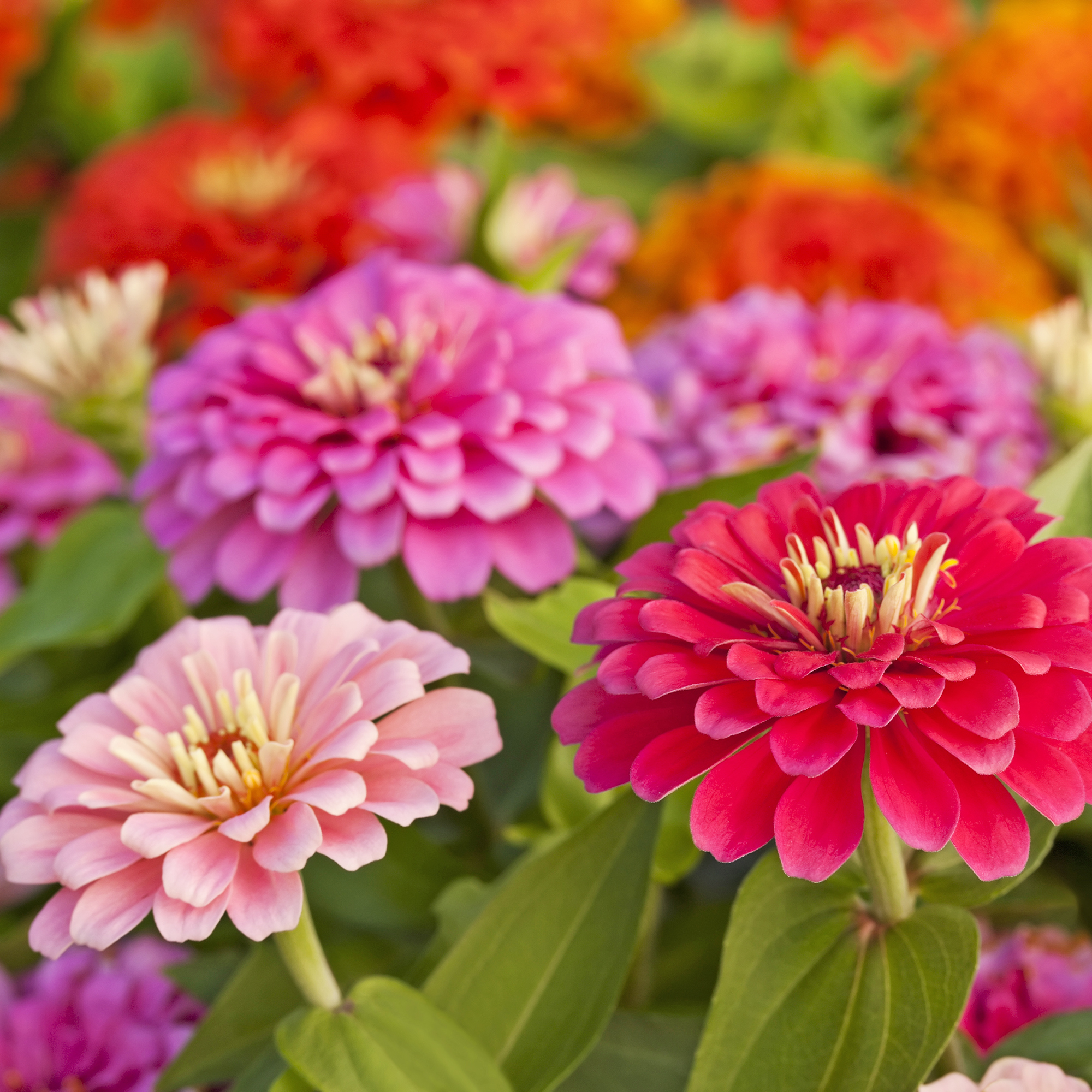
9 Must-Sow Flower Seeds For June That Bloom Fast And Keep Your Garden Bursting With Color All Summer Long
Add impact to beds, borders, and containers with these easy, fast-growing flowers that grow beautifully from seed – just in time for a dazzling summer display.
By Mary Ellen Ellis
-
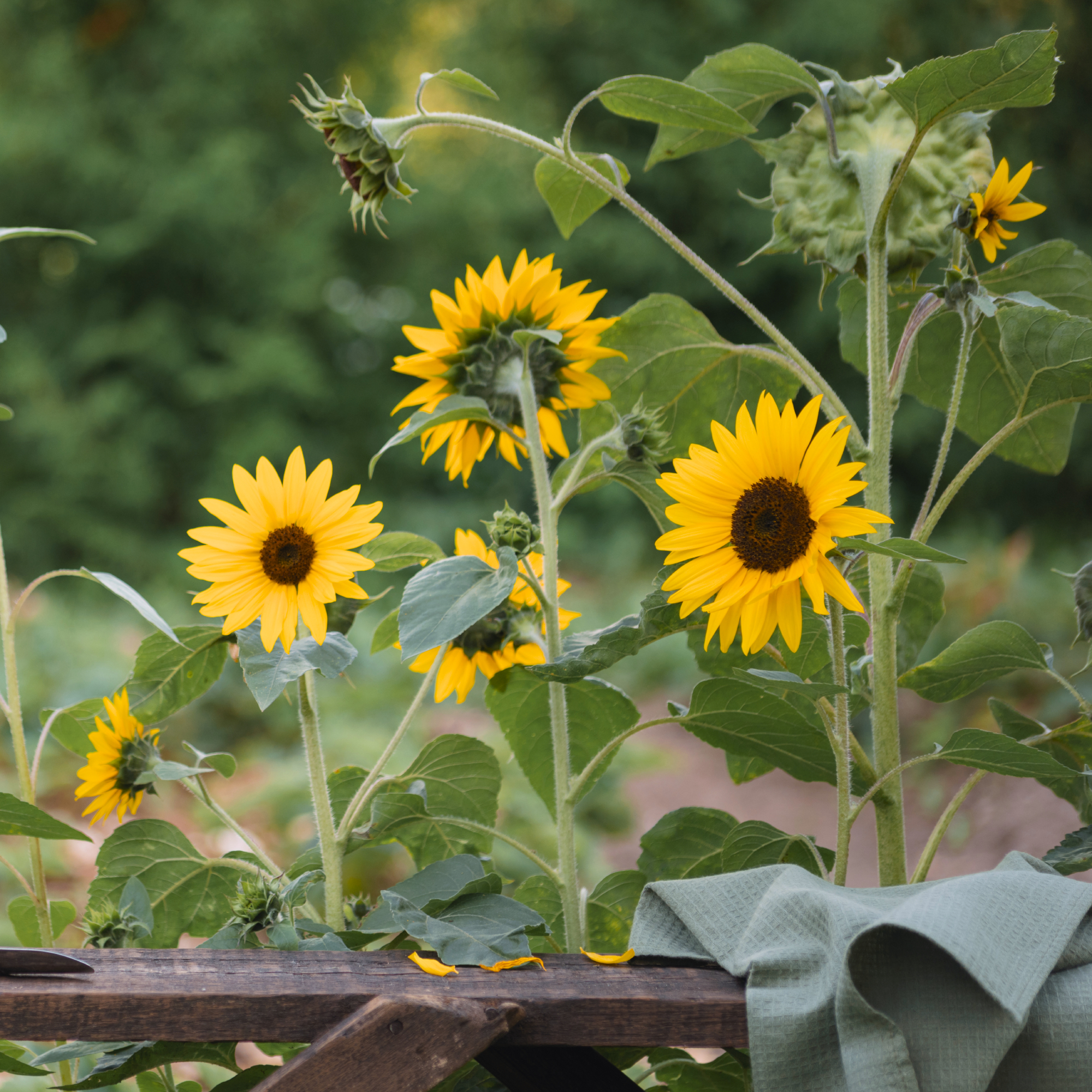
How To Plant Sunflower Seeds For Stunning, Sunny Blooms That Last All Summer
Learning how to plant sunflower seeds is a fun activity for gardeners of all ages and skill levels! Here's everything you need to know to get growing.
By Tonya Barnett
-
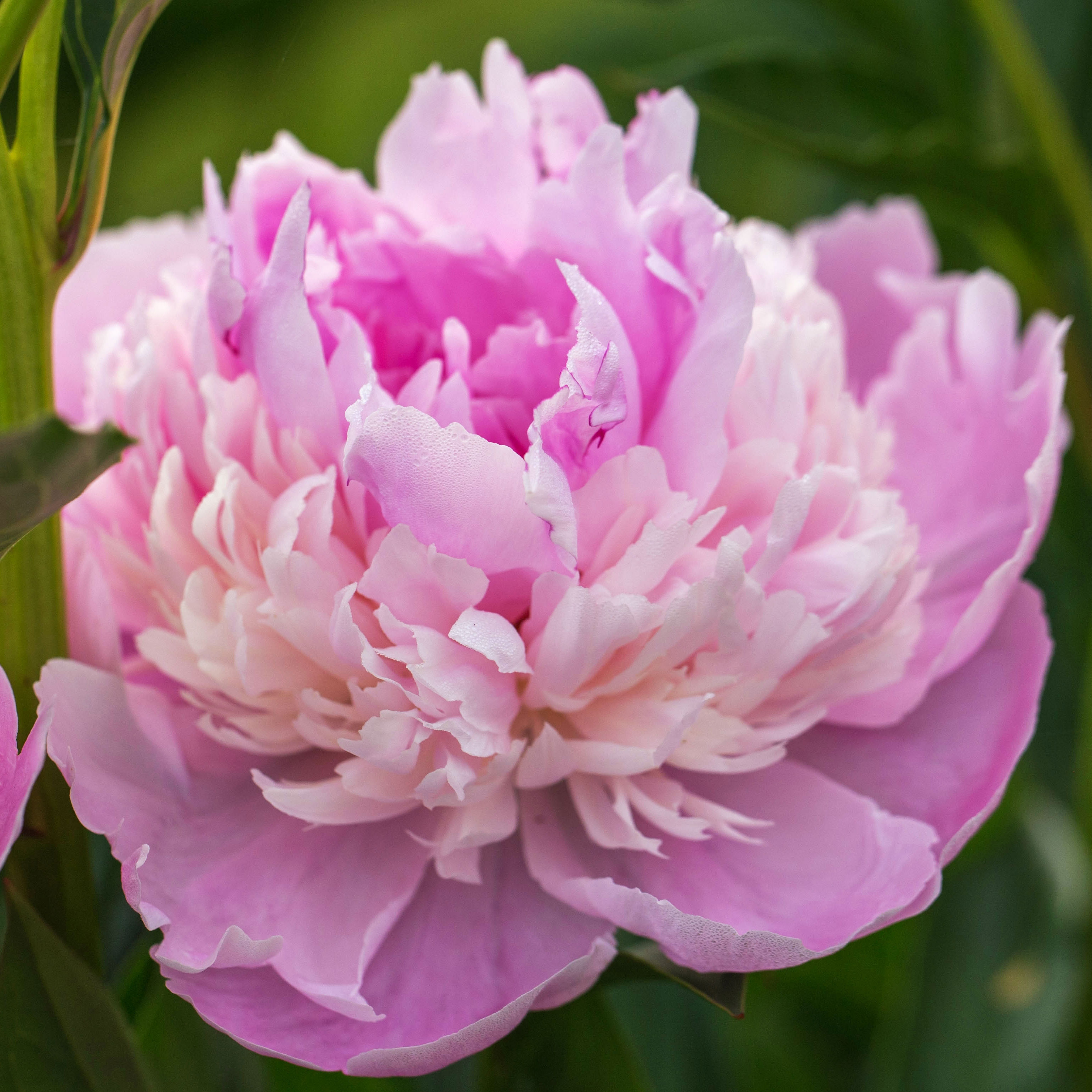
How To Grow A Sorbet Peony For Fluffy Pink Double Blooms With Unique Frills
For pink peonies with a unique edge, the Sorbet peony is a super-frilly bloomer with marshmallow and cream colored petals. Here’s how to grow this dynamic cultivar
By Amy Grant
